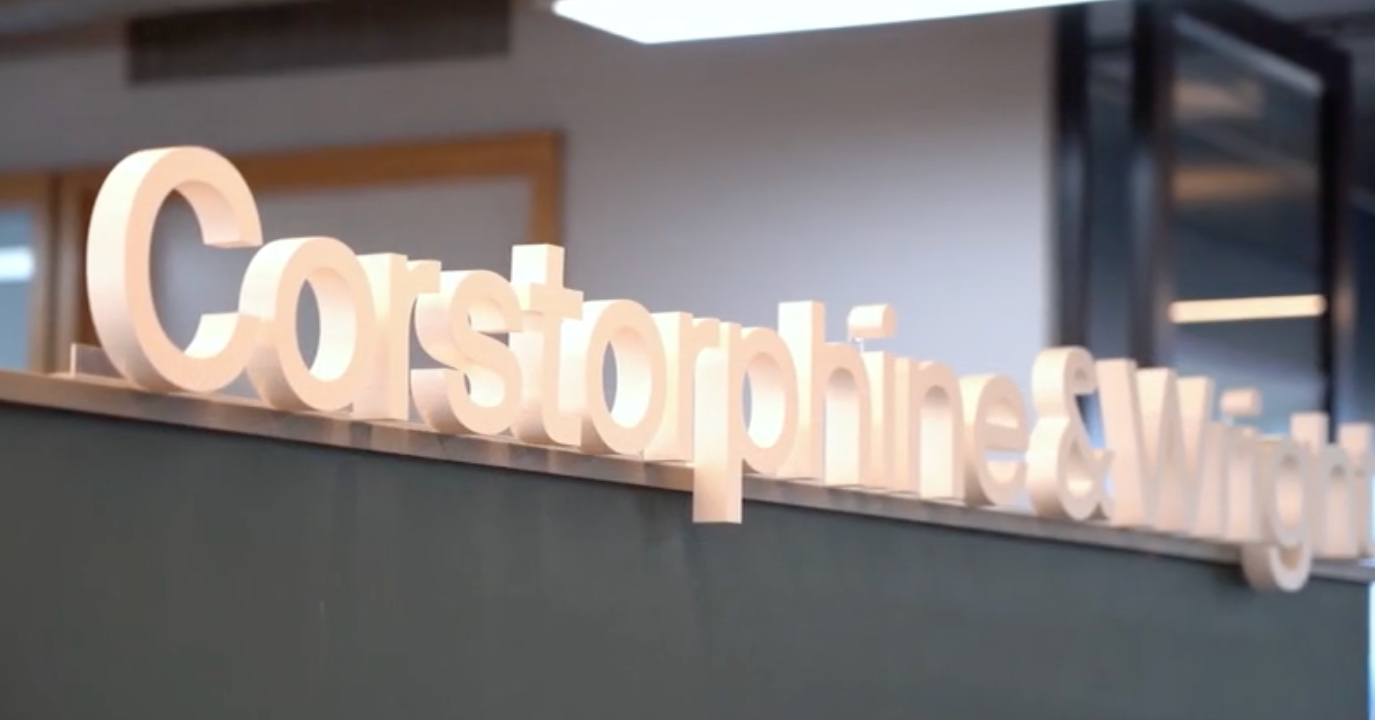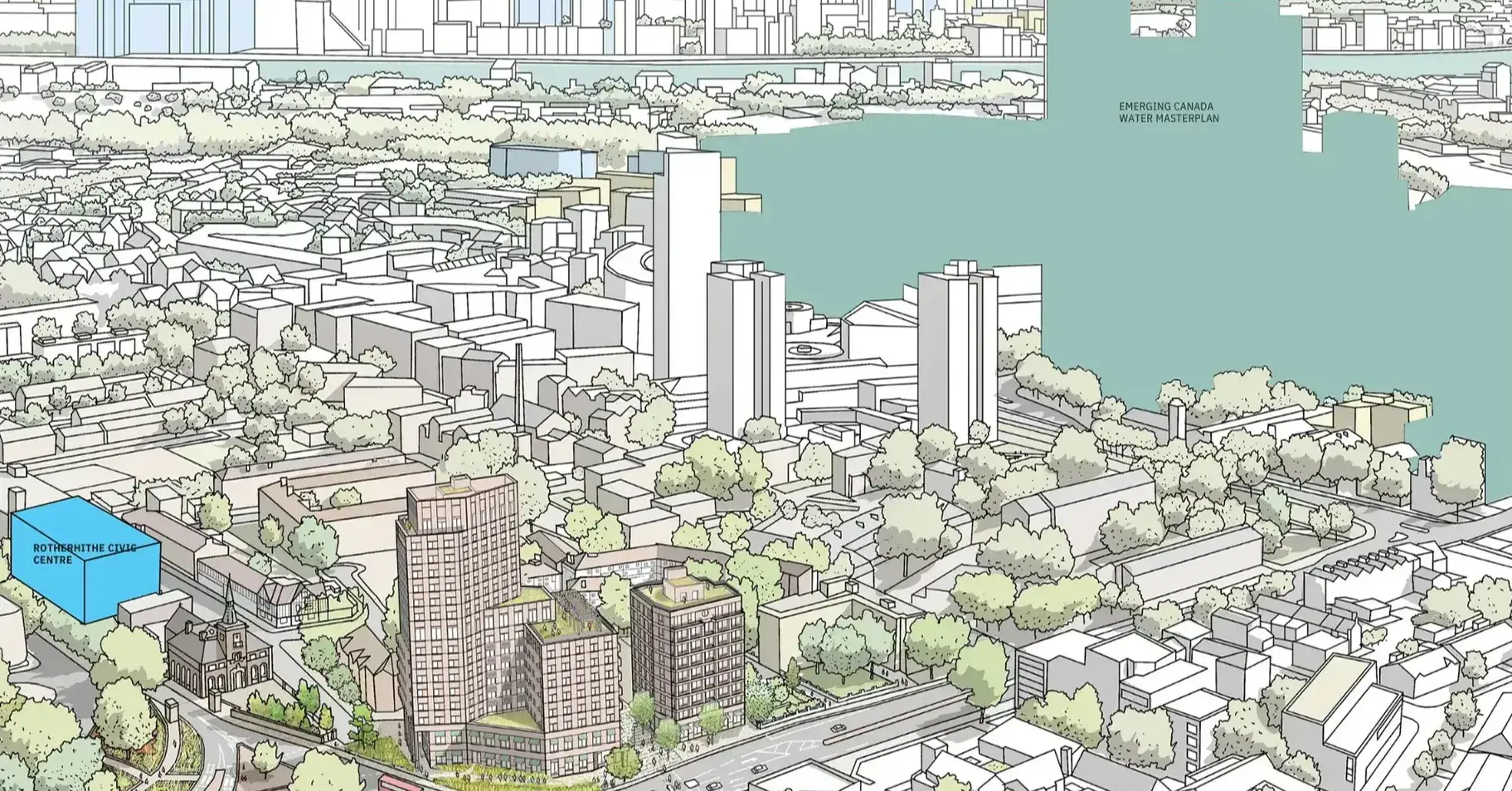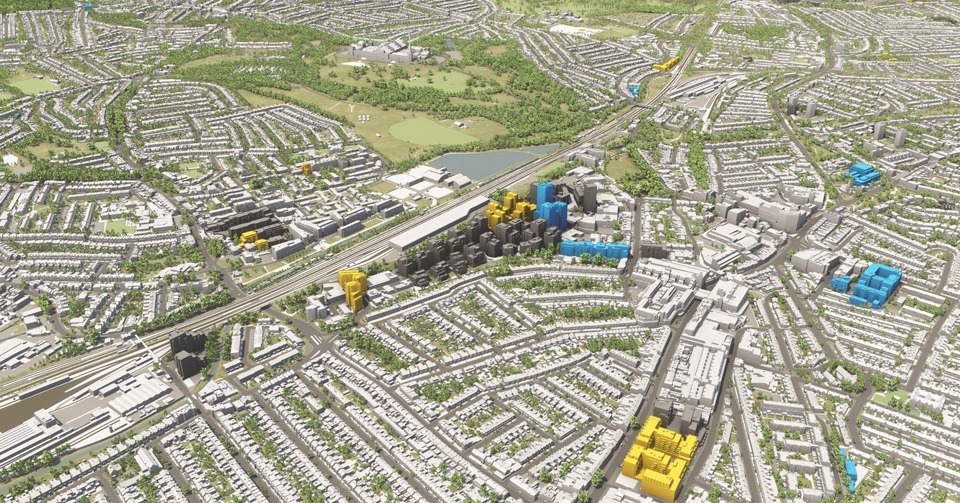The Line Development At NEOM In Saudi Arabia
Exploring The Vision of The Line in Saudi Arabia
The Line in Saudi Arabia was envisioned as a glass-walled city of the future, designed to transition the country away from oil dependency. Backed by Crown Prince Mohammed bin Salman, the project aimed to reinvent urban design and create a linear city that would eventually accommodate around 9 million people within a footprint of just 13 sq miles. The innovative concept of The Line involved amenities for residents located within close walking distance to their accommodation, with districts connected by one of the world's fastest trains. It was described in promotional material as a 'cognitive city' and a 'civilisation revolution', where artificial intelligence would provide various amenities.
The original proposal for The Line was a testament to architectural ambition and the potential for groundbreaking urban planning. By placing The Line within the 3D city model of London in the VU.CITY platform, we were able to capture the sheer scale of the project and visualise what it would have looked like if it were built in the UK. The video showcases the grandeur and futuristic design of The Line, highlighting its potential impact on the built environment.
Challenges and Controversies Surrounding The Line Project
While The Line project held immense promise, it has faced challenges and controversies along the way. One such controversy revolves around the recent news of scaling back the project by the Saudi Arabian government. The initial budget for The Line was estimated at $1.5 trillion (£1.2 trillion), emphasising the ambitious nature of the project. However, the scaled-back plans raise questions about the feasibility and timeline of the project. Architects, planners, and professionals in the built environment industry are keen to understand the implications of these changes and how they may impact the vision and execution of The Line.
Additionally, there have been discussions surrounding the role of artificial intelligence in The Line. While the project aimed to incorporate AI-driven amenities, there have been debates about the practicality and potential drawbacks of relying heavily on AI in urban planning. Understanding these challenges and controversies is crucial to comprehending the complexities of The Line project and its potential implications for the built environment industry.
The Future of The Line: Scaling Back and Adaptation
The recent news of scaling back The Line project raises questions about its future. Architects, planners, and professionals in the built environment industry are eager to understand the extent of the scaling back and the adaptations that will be made to the original plans. Key questions arise, such as how long it will take to build The Line in Saudi Arabia, how many miles it will span, and the revised cost of the project. These details will shape the future of The Line and determine its feasibility in terms of urban design and sustainable development.
Adaptation is an essential aspect of any large-scale project, and The Line is no exception. Understanding the changes and modifications that will be implemented in light of the scaled-back plans is crucial for architects and professionals in the built environment industry. By analysing these adaptations, we can gain insight into the evolving nature of The Line and its potential impact on future urban planning endeavours.
Impact of The Line on Urban Design and Sustainable Development
The Line project has certainly made waves in the industry and still has the potential to revolutionise urban design and sustainable development. With its linear city concept, The Line aims to create a self-sustaining community where amenities are easily accessible to residents within walking distance. This approach challenges traditional notions of urban planning and encourages a more efficient and sustainable lifestyle.
Furthermore, The Line's integration of advanced technology and artificial intelligence in providing amenities highlights the potential of smart cities and their role in shaping the future of urban environments. By analysing the impact of The Line on urban design and sustainable development, architects, planners, and professionals in the built environment industry can gain valuable insights into the possibilities and challenges associated with innovative urban projects.
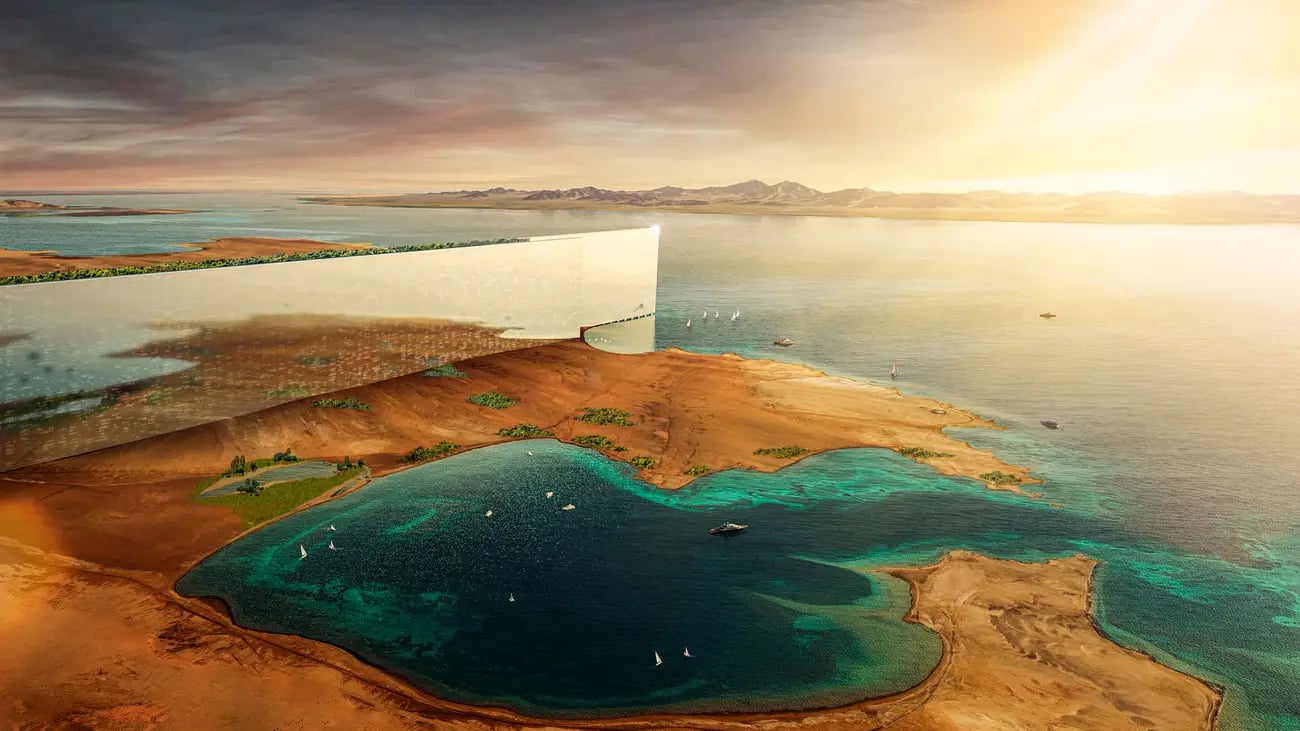
Analysing The Line's Potential for the Built Environment Industry
The Line project holds immense potential for the built environment industry. As architects, planners, developers, BIM managers, and professionals working in the field, understanding the implications and possibilities of The Line is crucial for staying at the forefront of industry trends.
By exploring the visionary aspects of The Line, its challenges and controversies, and its impact on urban design and sustainable development, professionals in the built environment industry can gain valuable insights and perspectives. This analysis can help shape future projects, inspire innovative approaches to urban planning, and foster collaboration among various stakeholders.
In conclusion, The Line development at NEOM in Saudi Arabia is a remarkable project that has captured the attention of the industry. While the recent news of scaling back raises questions, it is important to explore the vision, challenges, and potential of The Line to understand its significance in shaping the future of urban design and sustainable development.
Share This Article
Share On Facebook
Share On Twitter
Share On LinkedIn
VU.CITY Case Studies
See how leading built environment experts are using VU.CITY
Shape Tomorrow’s Cities, Today.
Begin Your Free Trial Now.
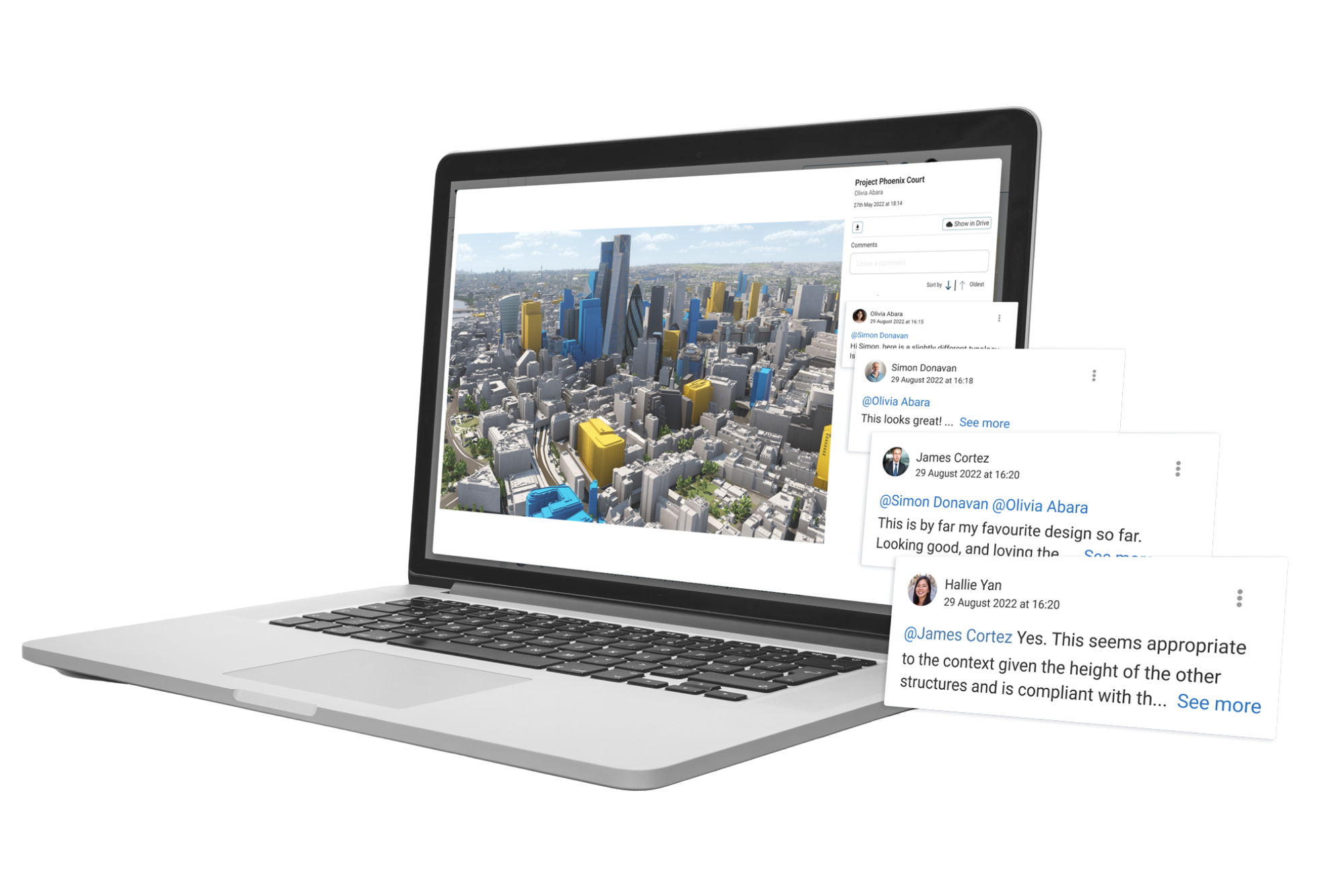
-1-1-1.png)
